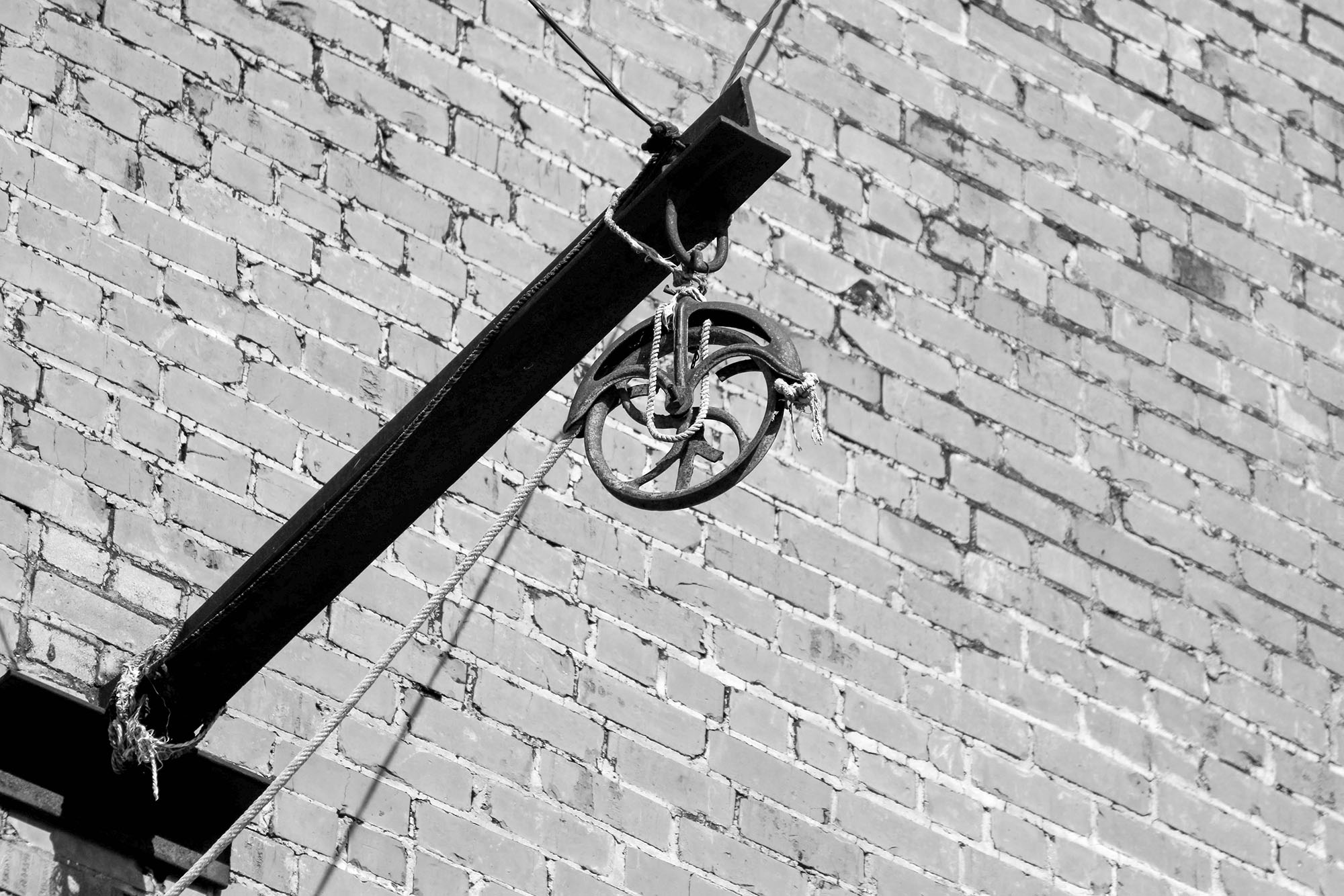|
|
 |
|
May 2015: Child Safety in Investment Properties |
Some property owners would like to avoid renting to tenants with children because they feel this can lead to more damage and additional expense when it comes to safety. However, the Fair Housing Act prohibits discrimination of familial status. There are exceptions such as properties that qualify under the senior housing exemption but exceptions are few. Discriminating against children and violating Fair Housing is definitely not the solution for any investor to avoid child safety.
In addition, the URLTA (Uniform Residential Landlord Tenant Act of 1972) requires that landlords provide habitability in rental property and that includes safety. While it is true that parents should provide supervision and responsibility, property owners are still ultimately responsible for providing a safe environment for all residents, including children. There have been many court rulings in the millions against landlords who fail in this critical area.
Here are key steps for investors to take to provide child safety in properties.
-
Property owners should abide by any legislation or guideline that specifically targets child safety. Two examples of this are lead-based paint and asbestos. Lead-based paint applies to properties built prior to 1978. When children inhale either lead-based paint dust or asbestos fibers, it can lead to significant health problems. Dangerous levels of either toxin can make any rental unlivable and usually constitutes a violation of the implied warranty of habitability. There are many federal and state laws for lead-based paint and asbestos, as well as for other safety issues.
-
Property owners and managers should always take safety complaints from tenants seriously. Mold problems can lead to asthma for some individuals. Pests, such as insects and rodents, may trigger asthma and severe allergies. Structural issues such as loose handrails and stairs may lead to falls and injury. If there is a problem, property owners should act quickly to avoid extreme financial risk and demonstrate their commitment to provide safe housing in the event of legal action.
-
There should be a review of any rental property for child safety. If an inspection reveals a problem, take action. By making practical expenditures, investors can often avoid high risk. For example, replace blinds with long cords that could easily choke a child. In California, a four-year old child died from choking on long blind cord in a rental. The tenant sued and the court ruled against the property owner. If the property owner had replaced the older window covering with a safer one, it would have avoided the tragedy, the suit, and a settlement that awarded over $10 million dollars to the tenant. A preventative approach is always the best measure.
Below are specific examples of steps geared to prevent liability for children. Rental units vary and could require additional measures.
-
Provide working smoke and carbon monoxide detectors
-
Ensure all doors, handles, and locks are working properly
-
Ensure all windows and doors can lock and unlock safely
-
Provide window screens with child safety latches
-
Supply safe window coverings and remove coverings with very long cords that can loop
-
Keep electrical, plumbing, heating, ventilating, and air-conditioning systems operating safely
-
Provide electrical outlet covers throughout the property
-
Fix all leaks and plumbing problems to avoid moisture and mold
-
Install non-slip strips in the shower and bathtub
-
Protect children from scalding by adjusting the water heater so that it is 120 degrees, or below
-
Provide proper trash receptacles and arrange for trash pick-up
-
Exterminate infestations of rodents, pests, and other vermin
-
Install child-proof latches in storage areas
-
Secure all bannisters and railings
-
Provide motion sensitive garage doors to detect small persons
As your property management company, we know that safety for children is an important issue and that taking preventative measures is the most practical solution to protect your investment.
|
|
Serving You
|
|
|
|
|
|
The material provided in this newsletter is for informational and educational
purposes only. It is NOT legal advice.
Although we believe this material is accurate, we cannot guarantee that
it is 100% without errors.
|
Services Provided By Property Management Newsletters
|







